The Chemistry of Natural Dyes and Pigments
Introduction
Natural dyes and pigments have been used for thousands of years to color textiles, paint, and other materials. The chemistry of these substances is complex and fascinating, involving a range of chemical reactions and processes. This article will delve into the chemistry of natural dyes and pigments, exploring their origins, how they are made, and how they interact with different materials.
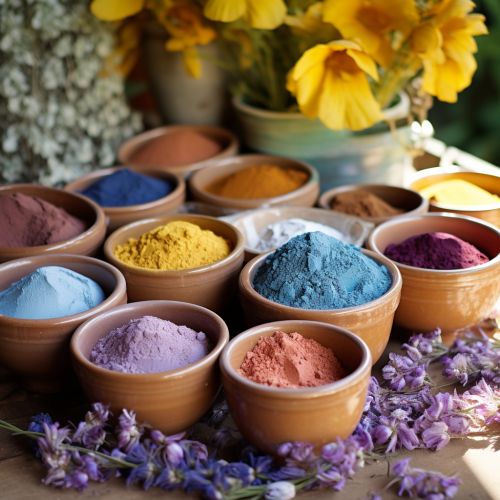
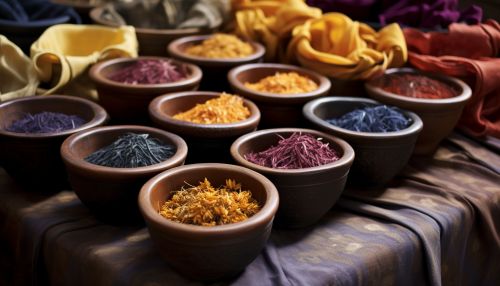
Origins of Natural Dyes and Pigments
Natural dyes and pigments are derived from a variety of sources, including plants, animals, and minerals. The specific chemical compounds responsible for the color in these sources are often complex organic molecules, such as anthocyanins, carotenoids, and chlorophyll. These compounds absorb certain wavelengths of light and reflect others, resulting in the colors we see.
Chemistry of Natural Dyes
The chemistry of natural dyes involves a number of different chemical reactions and processes, including extraction, mordanting, and dyeing.
Extraction
The first step in the use of natural dyes is extraction. This involves separating the dye compounds from the rest of the plant, animal, or mineral material. This is typically done through a process of boiling or soaking the material in water or another solvent, which allows the dye compounds to dissolve and separate from the rest of the material.
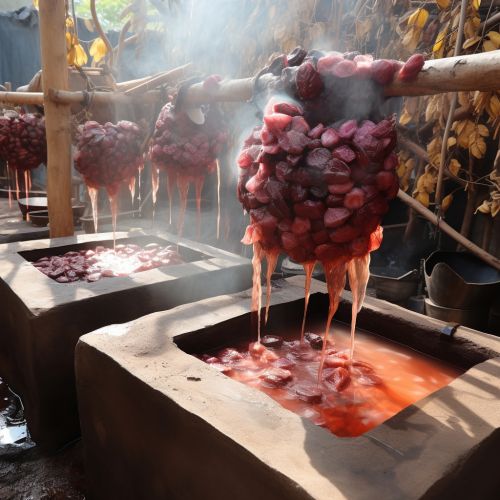
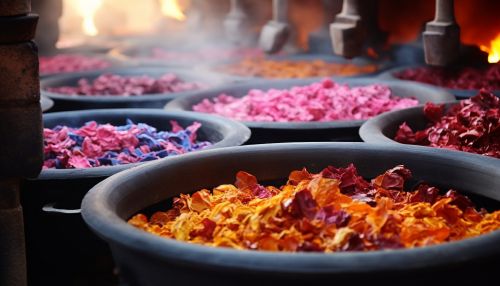
Mordanting
Once the dye compounds have been extracted, they are often combined with a mordant. A mordant is a substance that helps the dye bind to the material being dyed, such as fabric or paper. This is typically a metal salt, such as alum, iron, or copper. The mordant reacts with the dye to form a complex that is more easily absorbed by the material.
Dyeing
The final step in the use of natural dyes is the actual dyeing process. This involves soaking the material in the dye solution, allowing the dye to absorb into the material. The length of time the material is soaked, the temperature of the dye solution, and the pH of the solution can all affect the final color.
Chemistry of Natural Pigments
Natural pigments, like natural dyes, are derived from a variety of sources and involve a range of chemical reactions and processes. However, unlike dyes, pigments are not soluble in water or other solvents. Instead, they are finely ground particles that are mixed with a binder to form paint or other materials.
Origins
Natural pigments are derived from a variety of sources, including plants, animals, and minerals. The specific chemical compounds responsible for the color in these sources are often complex organic molecules, such as anthocyanins, carotenoids, and chlorophyll, as well as inorganic compounds such as ochre, ultramarine, and vermilion.
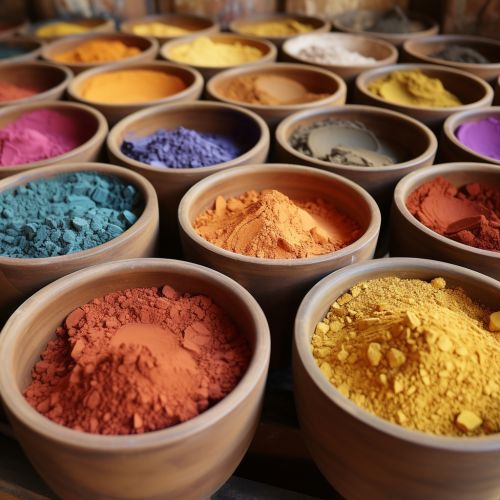
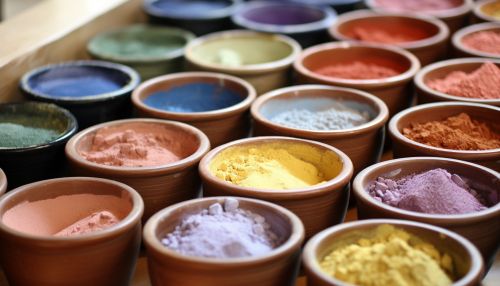
Extraction
The extraction of natural pigments involves separating the pigment particles from the rest of the plant, animal, or mineral material. This is typically done through a process of grinding or crushing the material, followed by washing to remove any unwanted material.
Use in Paint and Other Materials
Once the pigment particles have been extracted, they are mixed with a binder to form paint or other materials. The binder helps the pigment particles adhere to the surface being painted. The type of binder used can affect the final color and appearance of the pigment.
Conclusion
The chemistry of natural dyes and pigments is a complex and fascinating field, involving a range of chemical reactions and processes. From the extraction of the dye or pigment from its source, to its use in dyeing or painting, each step involves a unique set of chemical reactions and interactions. As we continue to explore and understand this field, we can look forward to new discoveries and applications for these natural substances.
